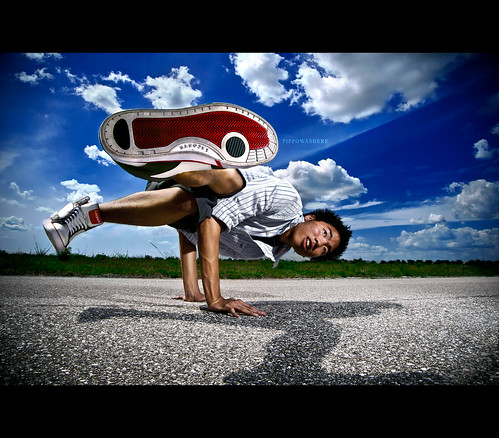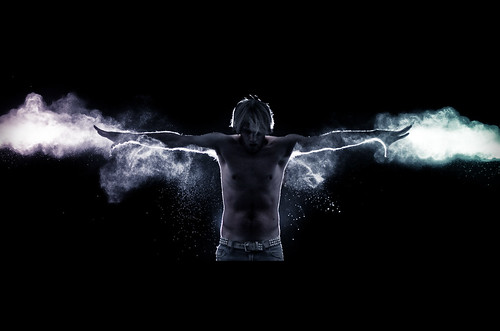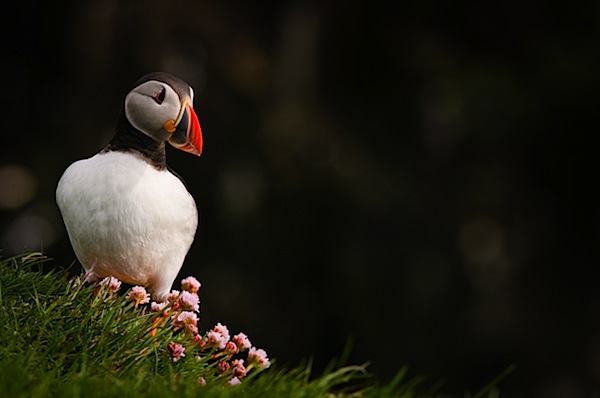An article written by:
Natalie Johnson is the former editor of Digital Photographer magazine and after seven years in the business has chosen to pursue her dream of becoming a freelance photographer and writer.
-----------------------------------------------------
We are told family comes first, so grab your camera and let’s get snapping… some great family portraits…
1.If you want that ‘traditional’ family photograph you are going to need to work the role of director to ensure all eyes and faces are on you. Working with a large group of people can be a bit trying so prepare to be patient and assertive will help in getting a handle of things. When you’ve got everyone ready don’t be afraid to reel of a dozen or so shots or use the burst mode to ensure you have at least one frame with everyone is paying attention. Eye contact isn’t always essential though and some shots which intentionally lack it can be more intriguing and relaxed. So rather than force the subjects to look continuously at the camera get them to look in a variety of directions to spice things ups.
2.The ‘traditional’ shot isn’t for everyone so flex that creative muscle and engineer some fun, personality fused frames. Putting your subjects at ease is the first step so fire a few pictures in a comfortable or familiar environment. This will help to lend character and narrative to the piece.
Read more =====>>
venerdì 27 aprile 2012
martedì 24 aprile 2012
giovedì 19 aprile 2012
3 Ways to Know if Your Work is Good
Your family and friends are raving about your work. Your Facebook friends are giving you thumbs up when you post your images. But is that enough feedback to know that your work is actually good? Given how many different images we see every day, shouldn’t people be able to recognize a good one from a bad one? And how can you be sure that your work measures up to the work of others? Here are 3 ways to help you:
Read more......
An article written by Valerie Jardin.
Valerie Jardin:
'Hello! I am from France, now living in Minnesota in the US. I live and breathe in pixels! I shoot for a living, mostly interiors, food and lifestyle. I shoot on my days off, just about anything that moves me. I never go anywhere without my camera! Visit my Website Follow me on Facebook , Twitter , Google+. Valerie will be leading a Photo Workshop in Paris, France in October 2012!'
Read more......
An article written by Valerie Jardin.
Valerie Jardin:
'Hello! I am from France, now living in Minnesota in the US. I live and breathe in pixels! I shoot for a living, mostly interiors, food and lifestyle. I shoot on my days off, just about anything that moves me. I never go anywhere without my camera! Visit my Website Follow me on Facebook , Twitter , Google+. Valerie will be leading a Photo Workshop in Paris, France in October 2012!'
mercoledì 18 aprile 2012
Amazing strobist photos – rocking off camera lighting
For those of you who don’t know what “Strobist” refers to you have to check out http://strobist.blogspot.com, a great resource for lighting. Strobist basically refers to using small flashes off camera to create amazing images. Sometimes people think to get great lighting you need tons of gear and a huge, expensive setup but that’s really not true.
Most of you that know me and the wedding work that I do know that I love off camera lighting for weddings and always try and bring compact gear that can be quickly and easily setup but still will give me great results. A simple vivitar 285 flash can create some pretty cool images when you know how to work it. It’s pretty amazing what you can create sometimes with just one very small flash. With just your small little flash you can make noon sun look like night, get the perfect fill for a sunset portrait, or get really creative night shots, the possibilities are endless.
Read more...
giovedì 12 aprile 2012
Four Tips for Better Wildlife Photography
An article by :
Joe Decker is a photography writer for Photocrati a photographer and photography teacher. You can see more of his nature photography at www.joedecker.net.
Wildlife photography is one of the most challenging yet rewarding forms of nature photography. The best wildlife images create a powerful emotional connection between the viewer and the animal, but success requires planning, timing, and technique. Here are a few tips for getting started:
1. Keep Shooting
Expect to burn through a lot of memory cards shooting wildlife. While you may occasionally be able to presage the decisive moment in a wildlife shot, more often than not it will
be difficult to know exactly when the body position, the facial expression, and the composition of the image in front of you will all come together as an animal is in motion. Continuous shooting, extra batteries and many, fast memory cards will improve your odds of getting an effective image. If I find that only one in a couple dozen of my landscape images are “good” by my own criteria, that ratio might be more like “one in a few hundred” shots for wildlife, the first time I photographed polar bears I shot two cards full of images in less than an hour, and netted three portfolio images.
>------ Read more ------>>
Joe Decker is a photography writer for Photocrati a photographer and photography teacher. You can see more of his nature photography at www.joedecker.net.
Wildlife photography is one of the most challenging yet rewarding forms of nature photography. The best wildlife images create a powerful emotional connection between the viewer and the animal, but success requires planning, timing, and technique. Here are a few tips for getting started:
1. Keep Shooting
Expect to burn through a lot of memory cards shooting wildlife. While you may occasionally be able to presage the decisive moment in a wildlife shot, more often than not it will
be difficult to know exactly when the body position, the facial expression, and the composition of the image in front of you will all come together as an animal is in motion. Continuous shooting, extra batteries and many, fast memory cards will improve your odds of getting an effective image. If I find that only one in a couple dozen of my landscape images are “good” by my own criteria, that ratio might be more like “one in a few hundred” shots for wildlife, the first time I photographed polar bears I shot two cards full of images in less than an hour, and netted three portfolio images.
>------ Read more ------>>
mercoledì 4 aprile 2012
Sigma 150-500mm 5,0-6,3 DG APO OS HSM - First images

Fotocamera Canon EOS 500D
Esposizione 0,008 sec (1/125)
Aperture f/5.6
Lente 500 mm
ISO 800
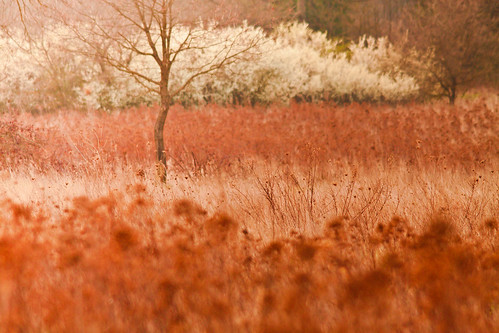
Fotocamera Canon EOS 500D
Esposizione 0,003 sec (1/350)
Aperture f/5.6
Lente 267 mm
ISO 200
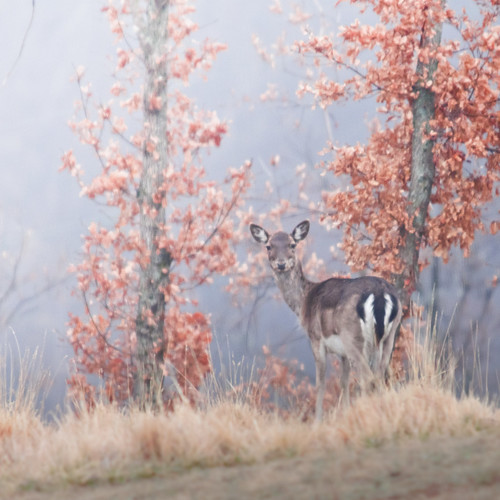
Fotocamera Canon EOS 500D
Esposizione 0,004 sec (1/250)
Aperture f/5.6
Lente 500 mm
ISO 800

Fotocamera Canon EOS 500D
Esposizione 0,003 sec (1/350)
Aperture f/6.7
Lente 289 mm
ISO 250
The first images show that a good light widely improves the image quality of this lens.
The ratio price/quality is high anyway and if it is mounted on a camera with a better ISO management do a better job.
The AF is not very faster with Canon 500D, better with Canon 5D mark II.
It is useful using it mounted on a tripod or monopod.
More about this lens
Iscriviti a:
Post (Atom)


